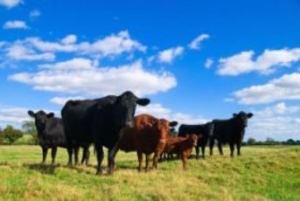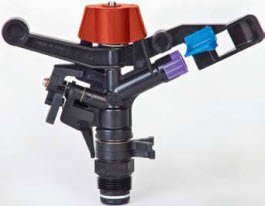Dairy in the World
CME: US Cow Slaughter Trending Higher for Much of 2017

USDA provides each week a breakout of cow slaughter by region. Based on weekly slaughter statistics available through 23 September, total cow slaughter for period 3 June - 23 September was 1.842 million head, 161,600 head (+10 per cent) higher than the same period a year ago.
While the number of beef and dairy cows slaughtered during this period was evenly divided, beef cows contributed almost 2/3 of the entire increase in US cow slaughter. Beef cow slaughter for this period was 903,100 head, 105,900 head (+13 per cent) more than a year ago.
Region 6 (AR, LA, NM, OK & TX) accounts for the largest share of the US beef cow herd. On 1 January, there were 8.382 million cows in the five states that make up the region, 26.8 per cent of the national total.
Beef cow slaughter in region 6 during this reference period (Jun-Sep) was 246,800 head, 46,300 head (+23 per cent) higher than the previous year. The increase in slaughter in this region likely reflects a deterioration in the profit outlook for cow-calf operators.
Excellent profits in 2015 and 2016 likely induced to hold on some marginal cows and some of those animals likely came to market this year. As the following chart shows, drought conditions in this part of the country have been fairly normal so that was not a factor this year.

The second largest contributor to cow slaughter this year was region 10, which normally accounts only for a relatively small share of the national slaughter. Last year beef cow slaughter in region 10 was just 2.8 per cent of the national beef cow slaughter.
This year the region accounted for 6.3 per cent of the total slaughter. Region 10 includes Washington State, Idaho and Oregon. However, we think that cows from surrounding states likely further bolstered the number of cows that were slaughtered in region 10.
Total beef cow slaughter in this region during the reference period was 56,600 head, 34,400 head (+155 per cent) compared to the same period a year ago. The increase is far outside the levels we saw in any of the other regions, implying that drought conditions likely pushed a little over 25,000 - 30,000 head of cattle to market than would have otherwise been the case.

The drought pressures in this region and surrounding states likely bolstered beef cow slaughter for this reference period by 3.5 per cent to 4.0 per cent.
Dairy cow slaughter also increased over the summer months. A larger dairy cow herd implies a larger cull rate so some of the increase is normal. Dairy margins have so far been good, but not great.

Class III milk prices were hovering around 17 cents per pound in June and July but the dropped to as low as 15.6 cents by mid September. Low feed costs and robust export demand, especially for butterfat continues to underpin dairy industry profitability and will likely keep dairy cow slaughter in the single digits in Q4.
TheCattleSite News Desk























